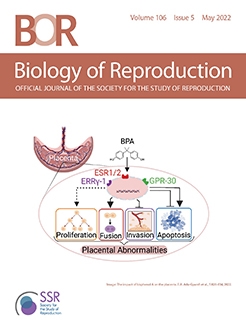Benign disorders of the human female reproductive system, such primary ovarian insufficiency and polycystic ovary syndrome are associated with infertility and recurrent miscarriage, as well as increased risk of adverse health outcomes, including cardiovascular disease and type 2 diabetes. For many of these conditions, the contributing molecular and cellular processes are poorly understood. The overarching similarities between mice and humans have rendered mouse models irreplaceable in understanding normal physiology and elucidating pathological processes that underlie disorders of the female reproductive system. The utilization of Cre-LoxP recombination technology, which allows for spatial and temporal control of gene expression, has identified the role of numerous genes in development of the female reproductive system and in processes, such as ovulation and endometrial decidualization, that are required for the establishment and maintenance of pregnancy in mammals. In this comprehensive review, we provide a detailed overview of Cre drivers with activity in the neuroendocrine-reproductive axis that have been used to study disruptions in key intracellular signaling pathways. We first summarize normal development of the hypothalamus, pituitary, ovary, and uterus, highlighting similarities and differences between mice and humans. We then describe human conditions resulting from abnormal development and/or function of the organ. Finally, we describe loss-of-function models for each Cre driver that elegantly recapitulate some key features of the human condition and are associated with impaired fertility. The examples we provide illustrate use of each Cre driver as a tool for elucidating genetic and molecular underpinnings of reproductive dysfunction.
Summary of significance
The creation of mouse models with conditional deletions via Cre-LoxP technology has elucidated mechanisms of human reproductive disorders.
Graphical Abstract






